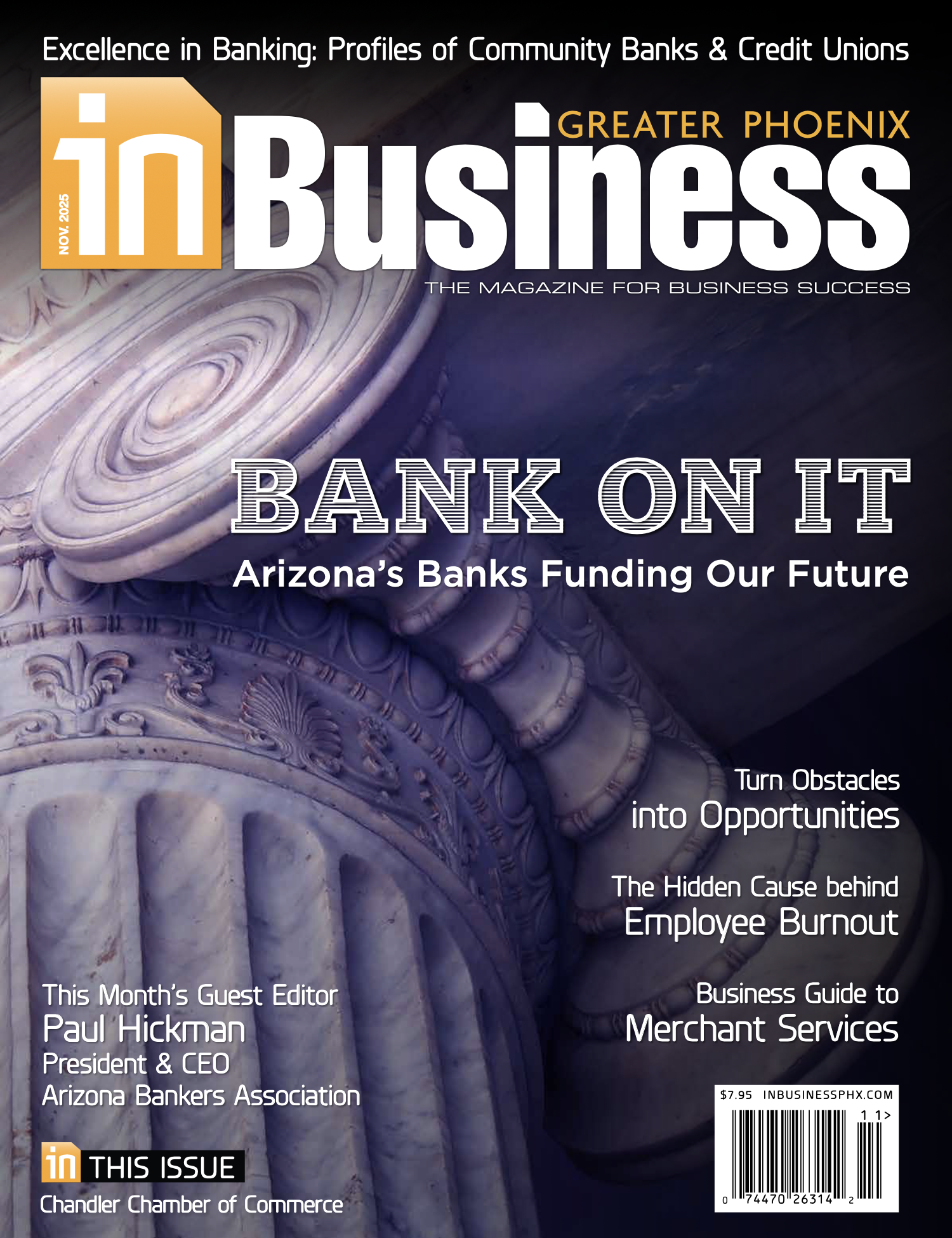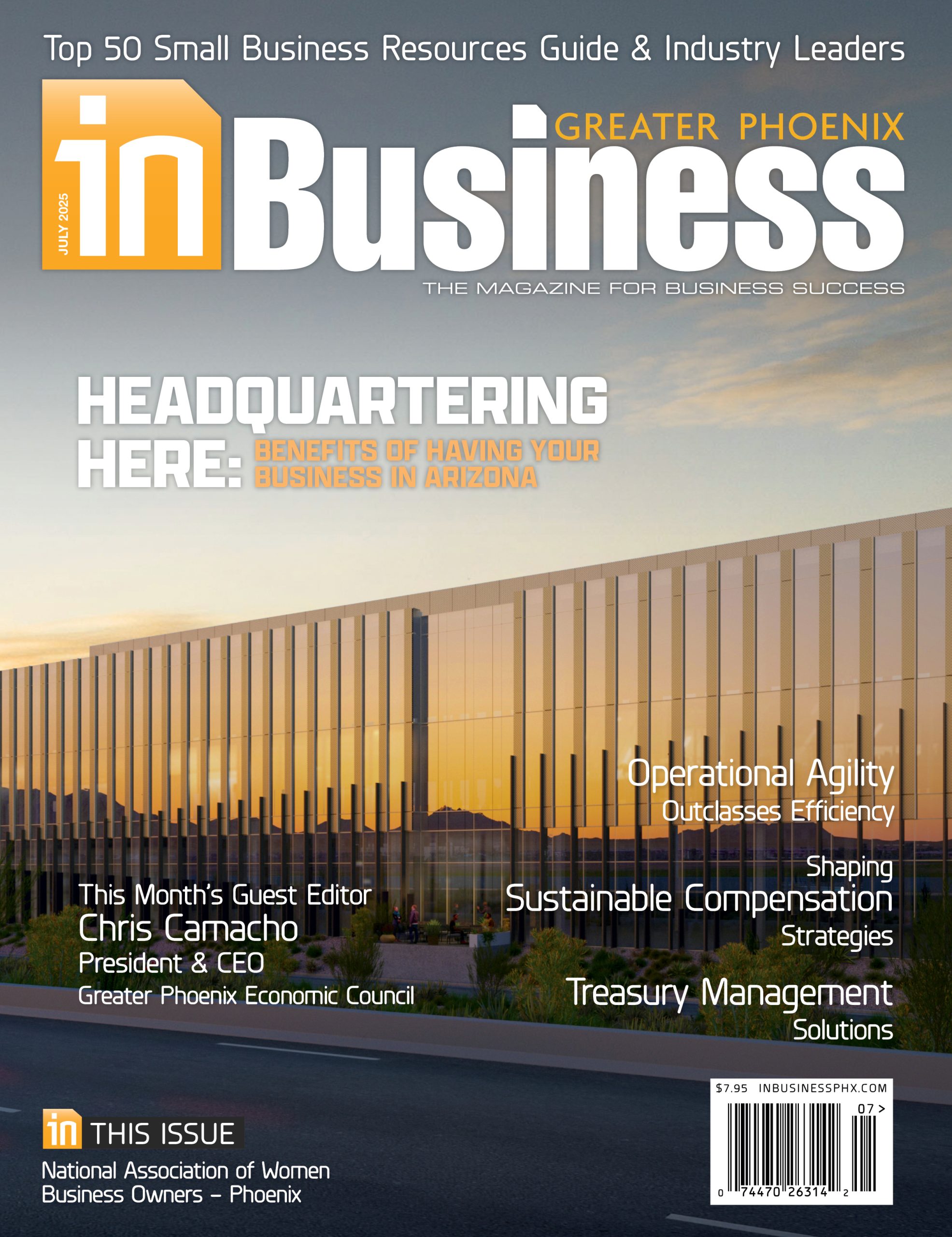 Senior leaders understand that building an enterprise isn’t just about navigating market trends or chasing the next big idea — it’s about establishing a foundation that lasts. In decades of working with companies striving to stand out in competitive markets, one truth has consistently emerged: Strong guiding principles are the cornerstone of lasting success.
Senior leaders understand that building an enterprise isn’t just about navigating market trends or chasing the next big idea — it’s about establishing a foundation that lasts. In decades of working with companies striving to stand out in competitive markets, one truth has consistently emerged: Strong guiding principles are the cornerstone of lasting success.
Consider the stark reality: In the United States, more than 33 million businesses exist, yet only 25% of these last more than 15 years, and a scant 1% ever reach $10 million in revenue. These statistics underscore an uncomfortable truth: Without a clear, purpose-driven foundation, even the most promising ventures may falter. For those leading organizations into the future, embracing and living by their guiding principles isn’t optional — it’s essential.
The longevity of a business is not determined solely by external market forces, but by the strength of its internal foundation. When companies are built on well-defined guiding principles, they are better equipped to navigate economic downturns, adapt to technological advances, and overcome the inevitable challenges that come with growth.
The Essential Elements of Guiding Principles
Guiding principles form the blueprint of any resilient organization. At their core, these principles comprise four interlocking components:
1. Purpose: The “why” behind a business’s existence — Purpose is more than a catchy slogan or an aspirational statement. It is the fundamental reason an organization exists — the driving force that fuels every decision and inspires every action. It answers the question, “Why do we do what we do?” In a world where transactional relationships are increasingly being replaced by authentic engagement, a clearly defined purpose not only attracts the right talent but also builds loyalty among clients and stakeholders.
When business leaders articulate their purpose with conviction and clarity, they provide their entire organization with a compass. Employees understand the impact of their work, and customers feel a deeper connection to the brand. A purpose that resonates is a purpose that endures.
2. Vision: Charting the future — A business leader’s vision is the organization’s North Star. It defines where the leader wants it to go and what to achieve over the long term. A compelling vision is both ambitious and realistic — it challenges the status quo while providing a tangible goal that everyone can rally behind.
A well-articulated vision transforms abstract ambitions into a concrete target. It provides the context for setting strategic objectives and ensures that every effort is aligned with the broader mission of the organization. In an environment where change is constant, a steadfast vision keeps the team focused on the ultimate destination, even as the organization adapts to new opportunities and challenges.
3. Mission: The “how” of getting there — If purpose answers why a business exists and vision shows where it’s headed, then mission describes how it’ll get there. A business’s mission is the strategic framework that outlines the methods, processes and actions that will enable the organization to fulfill its purpose and achieve its vision.
A robust mission statement goes beyond mere operational details. It captures the essence of how an organization intends to distinguish itself in the marketplace. It’s about more than just competing — it’s about doing so in a way that is authentic, sustainable and true to its core values. When every team member understands the mission, they can see how their daily work contributes to the larger picture, reinforcing a culture of commitment and excellence.
4. Core values: The behaviors that define a business’s culture — Core values are the non-negotiables that shape the culture of an organization. They are the ethical and operational standards that dictate how its purpose, vision and mission are brought to life on a day-to-day basis. Unlike transient trends or strategies, core values remain constant regardless of external changes.
These values should not be an afterthought or a box to check on an annual review. They must be actively lived and demonstrated at every level of the organization — from the boardroom to the front lines. When core values are embedded in the organizational DNA, they influence behavior, guide decision-making and, ultimately, create an environment where excellence is the norm.
Attracting and Retaining Top Talent
In today’s competitive landscape, top talent is in high demand. Professionals want to work for companies that have a clear identity and a compelling reason for being. They are drawn to organizations that offer more than just a paycheck — they want to be part of something meaningful. By establishing and communicating strong guiding principles, business leaders create an environment where employees are inspired to contribute their best work. This, in turn, leads to higher retention rates and a more engaged, motivated workforce.
Building Trust with Clients and Stakeholders
Trust is the currency of lasting business relationships. Clients and stakeholders are more likely to invest in a company that demonstrates consistency in its values and actions. A brand built on strong guiding principles sends a clear message: We are committed to excellence, integrity and sustainable growth. In a competitive marketplace trust is a business’s most valuable currency, and it’s built on consistency.
Driving Sustainable Growth
Businesses that are built on transient ideas or short-term gains may experience rapid growth initially, but sustaining that growth over time requires more than just luck. It requires a disciplined approach rooted in guiding principles. The long-term success of a business is a direct reflection of the strategic choices made at its foundation. When every decision is aligned with a well-defined purpose, vision, mission and set of core values, the path to sustainable growth becomes clearer and more achievable.
 Susan Quinn has worked more than 30 years with Fortune 500 to middle market firms across the country developing strategies that spur growth. As CEO of circle S studio, she supports companies in their quest to “better their best” and brings a keen understanding of how to create a winning strategy. Quinn is the author of Does Your Business Show Up or Stand Out?, a leader’s playbook for implementing the nine traits.
Susan Quinn has worked more than 30 years with Fortune 500 to middle market firms across the country developing strategies that spur growth. As CEO of circle S studio, she supports companies in their quest to “better their best” and brings a keen understanding of how to create a winning strategy. Quinn is the author of Does Your Business Show Up or Stand Out?, a leader’s playbook for implementing the nine traits.













